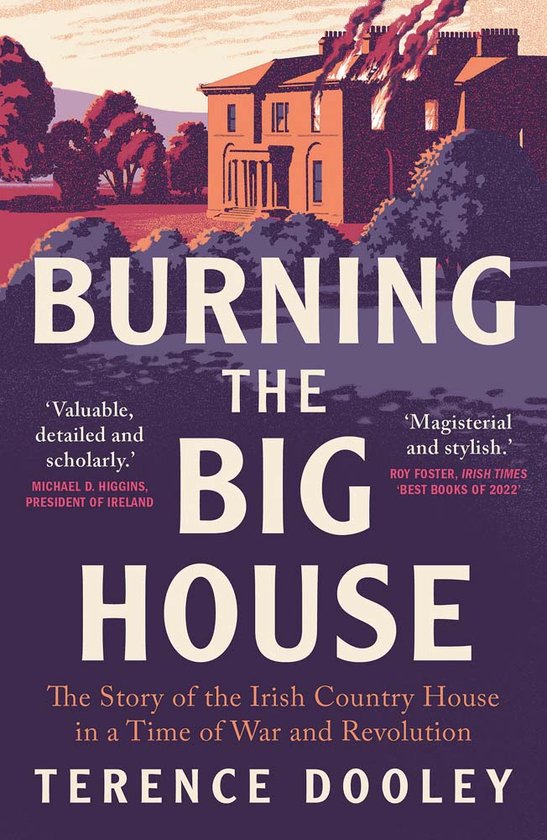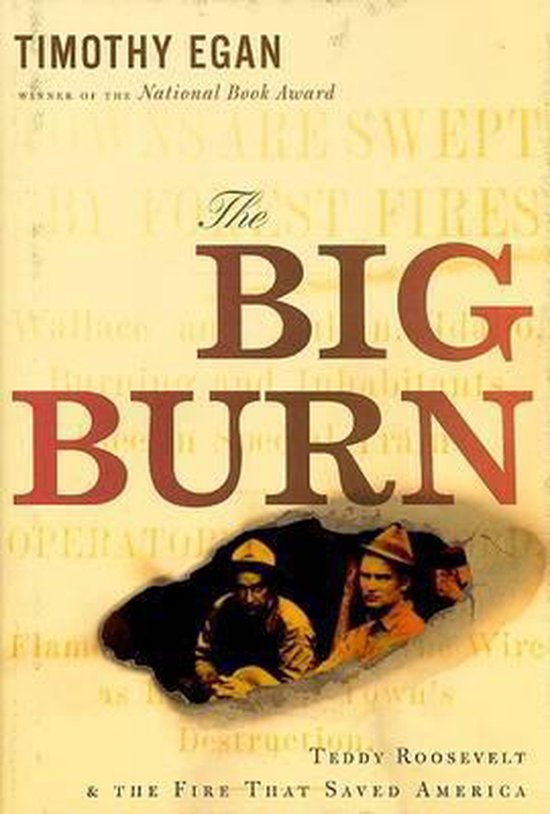
Burning the Big House
The gripping story of the tumultuous destruction of the Irish country house, spanning the revolutionary years of 1912 to 1923
The gripping story of the tumultuous destruction of the Irish country house, spanning the revolutionary years of 1912 to 1923
During the Irish Revolution nearly three hundred country houses were burned to the ground. These “Big Houses” were powerful symbols of conquest, plantation, and colonial oppression and were caught up in the struggle for independence and the conflict between the aristocracy and those demanding access to more land. Stripped of their most important artifacts, most of the houses were never rebuilt, and ruins such as Summerhill stood like ghostly figures for generations to come.
Terence Dooley offers a unique perspective on the Irish Revolution, exploring the struggles over land, the impact of the Great War, and why the country mansions of the landed class became such a symbolic target for republicans throughout the period. Dooley details the shockingly sudden acts of occupation and destruction—including soldiers using a Rembrandt as a dart board—and evokes the exhilaration felt by the revolutionaries at seizing these grand houses and visibly overturning the established order.
The gripping story of the tumultuous destruction of the Irish country house, spanning the revolutionary years of 1912 to 1923
During the Irish Revolution nearly three hundred country houses were burned to the ground. These “Big Houses” were powerful symbols of conquest, plantation, and colonial oppression and were caught up in the struggle for independence and the conflict between the aristocracy and those demanding access to more land. Stripped of their most important artifacts, most of the houses were never rebuilt, and ruins such as Summerhill stood like ghostly figures for generations to come.
Terence Dooley offers a unique perspective on the Irish Revolution, exploring the struggles over land, the impact of the Great War, and why the country mansions of the landed class became such a symbolic target for republicans throughout the period. Dooley details the shockingly sudden acts of occupation and destruction—including soldiers using a Rembrandt as a dart board—and evokes the exhilaration felt by the revolutionaries at seizing these grand houses and visibly overturning the established order.
| Auteur | | Terence Dooley |
| Taal | | Engels |
| Type | | Paperback |
| Categorie | | Geschiedenis |




